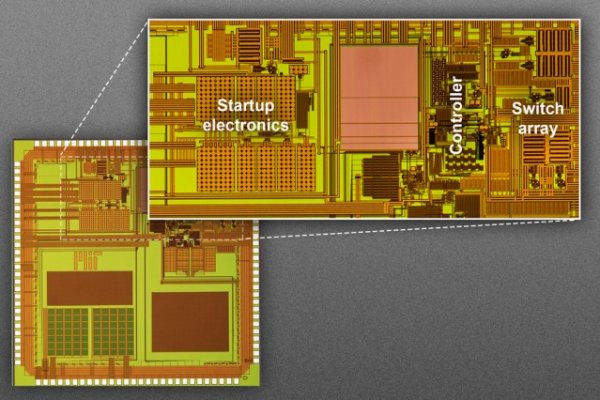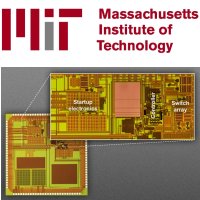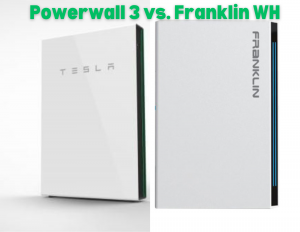A new highly-efficient microchip capable of converting 80 per cent of the energy it receives from a tiny solar cell could have dramatic effects on the future of interconnected wireless technology.
The so-called Internet of Things (IoT) will be powered by tiny embedded sensors streaming information from machinery, automobiles and household appliances to networked servers.
It’s estimated that by 2020, up to 50 billion objects and devices worldwide will be connected to the IoT, but that vision requires ultra-low power sensors that can run for months at a time without changing batteries.
Solar power is a perfect solution to the problem, but current power-conversion chips only convert 40-50 per cent of the energy, and can only charge a battery or power the sensor.
A recently unveiled chip from engineers at the Massachusetts Institute of Technology does both. Measuring just three-by-three millimetres, the chip’s single inductor circuit board determines whether to power the device, charge the battery, or both; as well as regulate an array of switches which control current flow to maintain optimal efficiency.

“We still want to have battery-charging capability, and we still want to provide a regulated output voltage,” says Dina Reda El-Damak, MIT graduate student in electrical engineering and computer science.
“And we want to do it without compromising the performance, at very limited input power levels — 10 nanowatts to 1 microwatt — for the Internet of Things.”
The primary challenge facing the researchers was to maintain an even voltage into the chip. Too much or too little flow would degrade the battery, shortening its life. This was particularly vital with a variable solar cell energy source. They used a single wire coil inductor, which creates a magnetic fiend when current passes through it, resisting changes in current.
A switch array in the path of the inductor ensures the current flow drops to zero if it gets too high, and a set of electrical timing components called capacitors open the gate to more current as required, improving the efficiency of the chip. As the current drops, it charges a subset of those capacitors, whose selection is determined by the solar cell’s voltage.
“In this technology space, there’s usually a trend to lower efficiency as the power gets lower, because there’s a fixed amount of energy that’s consumed by doing the work,” says Brett Miwa, who leads a power conversion development project as a fellow at the chip manufacturer Maxim Integrated.
“If you’re only coming in with a small amount, it’s hard to get most of it out, because you lose more as a percentage. [El-Damak’s] design is unusually efficient for how low a power level she’s at.”







































